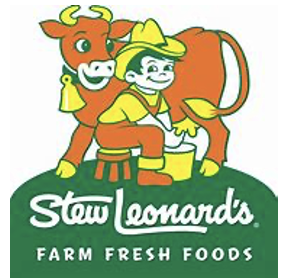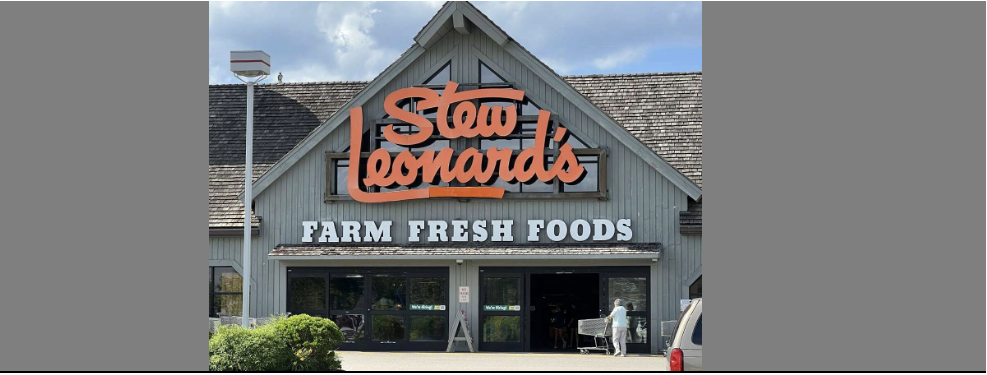Post by our new brandgym partner in New York, Charlotte White.
Newly arrived in the US, the first place my kids wanted to visit was not the bright lights of New York City, but a grocery store in Connecticut! I was intrigued, given that the stores my teenage girls spend most time in are the likes of Brandy Melville and Lululemon. The store I discovered was Stew Leonard’s. And it turned out to be a great example of how to drive distinctiveness to deliver sustainable, brand-led growth. 60 years after it started, the brand is still going strong, having quadrupled revenue from $100million in 1991 to $400millon today.
1. Build on distinctive brand truths
The Leonard family ran a dairy business in Connecticut until the state decided to build a highway straight through their farm in the 1960s. Instead of fighting the march of the modern age, the family built a retail dairy store where “kids could watch milk being bottled, while their parents shopped in a marketplace style store”. Stew Leonard’s was born.
The business has stayed true to the original truth of being an immersive, family-friendly, farm-fresh retailer. The family-owned nature of the business is another strong brand truth that drives distinctiveness, putting a human face to the brand. Today, the business is still run by a real Stew Leonard, son of the original Stew.
The brand is much loved in the communities it serves and has kept a local feel, resisting the drive to expand into new territories. Stew Leonard’s have kept their footprint to only seven stores in New York and Connecticut, allowing them to focus investment and resources in making their core proposition stronger.

2. Distinctive customer experience
Stew Leonard’s was described as the “Disneyland of dairy stores” by The New York Times (1). Costumed characters, scheduled entertainment, a petting zoo and animatronics have made the brand famous for immersive family fun. These are good examples of ‘service signatures’: distinctive, memorable and scaleable customer experience that dramatise the brand idea at a moment of truth. Importantly, the theatre is not just to keep the kids amused. The singing farm animals, ‘milking shed’ and oversized hanging fruit also reinforce Stew Leonard’s farm-fresh origins.
The distinctiveness continues in the physical store layout. Most grocers today are laid out in an efficient grid: fruit & veg in aisle one, cereals in aisle six and so on. In contrast, Stew’s makes customers walk a twisting serpentine path, more like an Ikea store. This reinforces the marketplace experience, disrupting autopilot shopping and driving impulse purchase.

3. Distinctive culture
Distinctiveness is also about culture. Underneath all of the Disneyesque theatrics is a simple rule that is foundational to the great shopper experience. It is written in bold at the entrance to each store:
Rule 1 – the customer is always right
Rule 2 – If the customer is wrong, re read rule 1…

4. Distinctive brand stretch
Over time, the brand has stretched beyond the original fresh dairy offer, expanding into meats, fish, produce, bakery and cheese to meet shopper needs. However, the brand has leveraged its core equities of farm freshness, quality and value to drive distinctiveness in these new categories. For example, whereas a typical grocery store stocks around 30,000 items, Stew Leonard’s focus on freshness is shown by each store carrying only 2,200 items.
5. Distinctive activation
Passionate about water safety, the brand went beyond the simple option of sponsoring free swim lessons. Rather, the brand launched The Stewie the Duck Swim School next door to its flagship Norwalk store. This distinctive activation property leverages the brand’s playful, immersive attributes to create a credible new platform to engage young families,
In conclusion, Stew Leonard’s sustained success is the result of driving distinctiveness though the whole business, building on and leveraging strong brand truths to refresh what made the brand famous originally. When you are next in New York, I recommend you add it to your itinerary of places to visit!
Sources:
